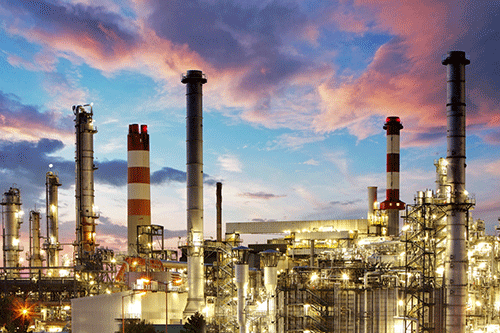Edgar Brandt
Maihapa Ndjavera
Energy minister Tom Alweendo last week again admitted that government is gravely concerned about Namibia’s increasing fuel price. As such, he noted that there is a possible long-term solution for Namibia and its neighbours to consider investing in a regional refinery. Alweendo made these remarks while responding to questions in the National Assembly, and pointed out that Angola has taken a decision to invest in a new and hopefully bigger refinery. In the spirit of regional economic cooperation, the energy minister said it makes good sense for neighbouring countries to co-invest with Angola in this venture, where the sub-region and perhaps beyond becomes the focal market. This is thus something Namibia will be continuing to discuss with Angola.
He further made it clear that Angola does have a refinery, but they are refining less than 20% of their needs. It is, therefore, not possible for Angola to sell petrol or diesel to Namibia.
While Alweendo had in the past revealed that regional oil refineries are indeed being investigated to make Africa more energy-independent, he has cautioned that this would not necessarily reduce the price of the crucial commodity.
When he returned from a West African energy forum at the beginning of September, he said: “Let us not assume that a regional refinery will make local fuel cheaper. Yes, the transport costs will be reduced, but there are other factors that come into play. Also, a regional refinery does not necessarily have to be in a country where oil is extracted.”
He furthermore stated that a regional refinery will constitute a multi-billion dollar expense and would take years to realise, and that a major price determinant will be the cost at which the oil is extracted.
In 2020, the average domestic price for both diesel and petrol was N$12 per litre. Today, the price of diesel is around N$22 and that of petrol is N$21 per litre. This is an astronomical increase of 83% in 21 months, placing a massive burden on the consumer.
“While this is alarming, it is important to note that the increasing fuel price is not unique to Namibia. It is a global phenomenon that has caused social upheavals in some countries”, Alweendo said.
The minister also confirmed that Namibia is exploring various options to see where and how it can gain access to cheaper fuel.
However, given that fuel is a globally traded commodity, with a globally determined market price, the options are severely limited.
“We have approached some friendly fuel-exporting countries. Unfortunately, their price was not any different than the price obtaining in the open market,” Alweendo explained.
He added that fuel is imported by various private sector companies as well as the National Petroleum Corporation of Namibia (Namcor), each importing fuel for their own respective customers.
With this kind of set-up, where various importers import for their own supply lines, Alweendo bemoaned the fact that economies of scale cannot be taken advantage of.
“We are of the view that, given the relatively small amount of volume of fuel demanded locally, it perhaps makes better economic sense to import our fuel from a central point. We are busy investigating this option,” said the minister.
Zambian connection
Meanwhile, a regional solution to skyrocketing international fuel prices would add considerable value to last week’s agreement that aims to build an oil and gas pipeline from the port of Walvis Bay to the country’s landlocked neighbour, Zambia. This project, for which Alweendo and his Zambian counterpart Peter Kapala signed last week, has the potential to unblock economic potential not only for Namibia and Zambia, but for the SADC region as a whole.
At the signing, Alweendo emphasised that gas is set to become the most important source of energy on the continent, particularly as more than 600 million people on the continent do not have access to energy.
Also during the signing, Kapala stressed the importance of petroleum and gas in the drive for economic growth and development through the crucial role it plays in the production of goods and services, and in the transport sector.
“In developing the project to take it to bankability, the promoters will be conducting technical and economic feasibility studies,” said Kapala. He added that the pipeline, once completed, is expected to supply 100 000 to 120 000 barrels of refined petroleum products per day to Namibia and Zambia, but also targets supply to other SADC countries.
Exploration hotspot
Namibia has lately become a top destination for global oil and gas explorers. Last week, New Era reported that Chevron was the latest multi-national corporation to start looking for black gold in the Orange basin offshore Namibia. Chevron is going to start exploring close to the significant light oil discoveries made at the beginning of this year at the Venus and Graff wells by TotalEnergies and Shell, respectively.
The recent successes of these discoveries demonstrates the world-class potential of this new play in the deep waters of the Orange Basin, which could be a major game- changer for the Namibian economy.
The Venus discovery is located approximately 290 kilometres off the coast of Namibia in a deep-water offshore exploration block, where the well was drilled to a total depth of 6 296 metres by the Maersk Voyager drillship and encountered a high-quality, light oil-bearing sandstone reservoir.
Namibia’s petroleum commissioner in the mines and energy ministry Maggy Shino recently said the country aims to fast-track the development of the first oil field to commence with production by 2026.


